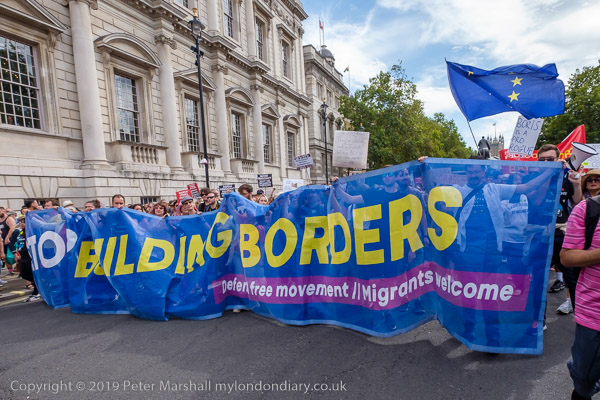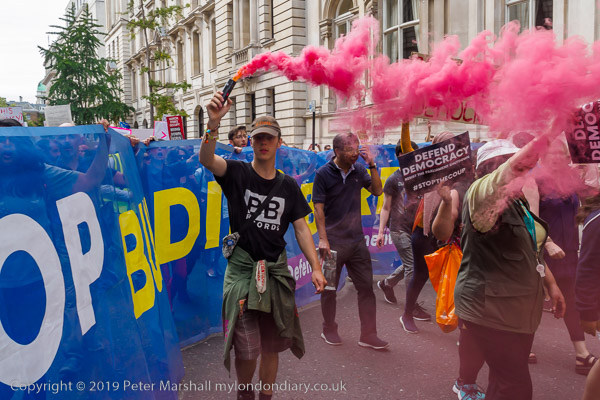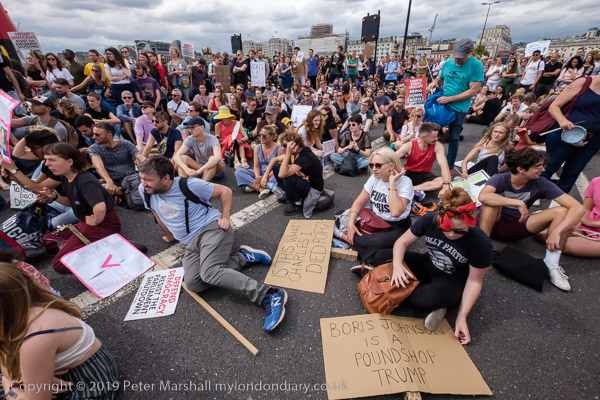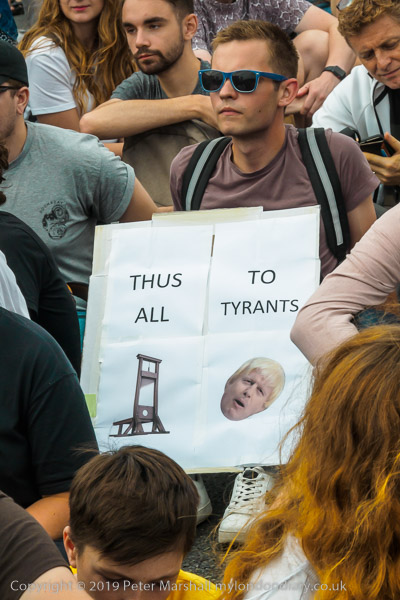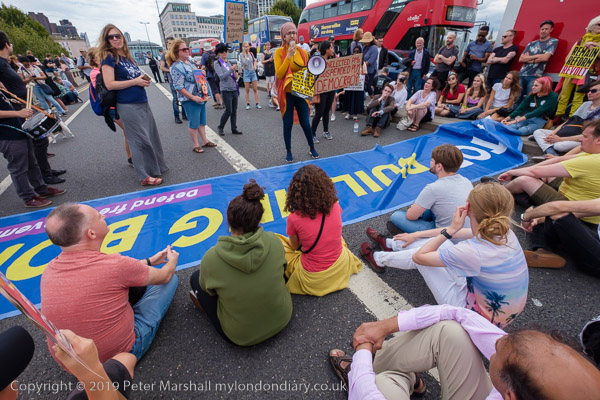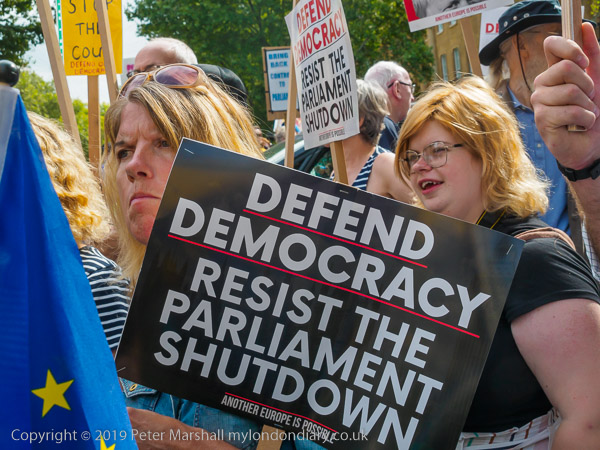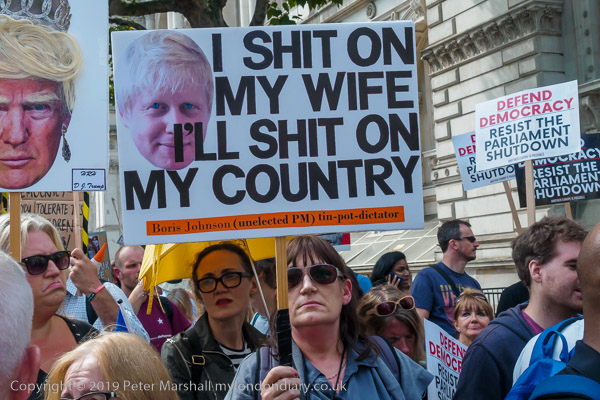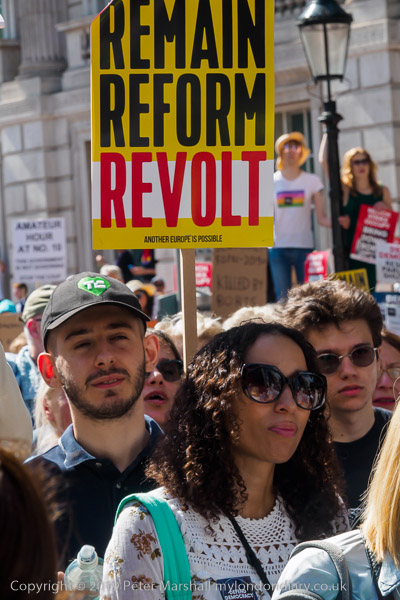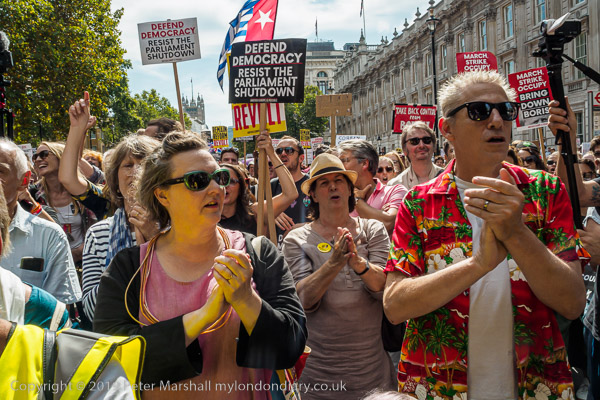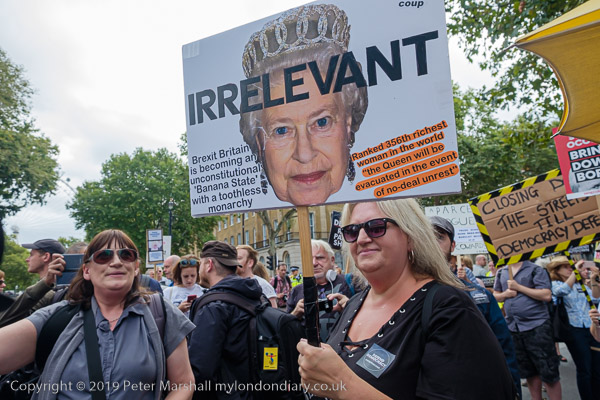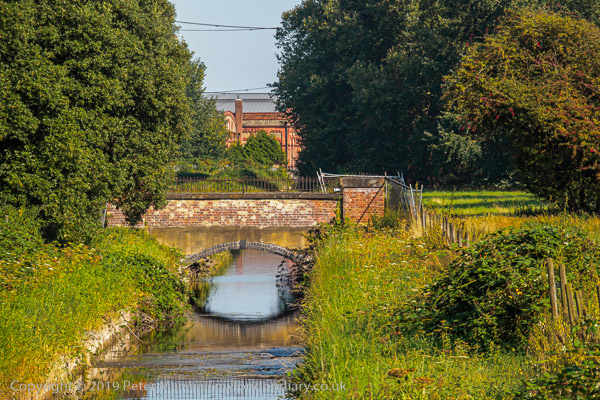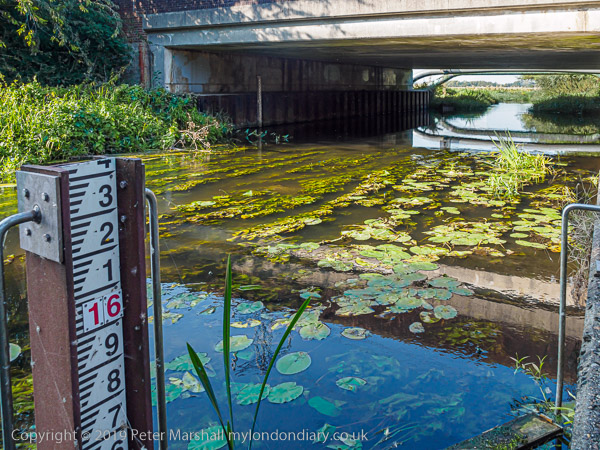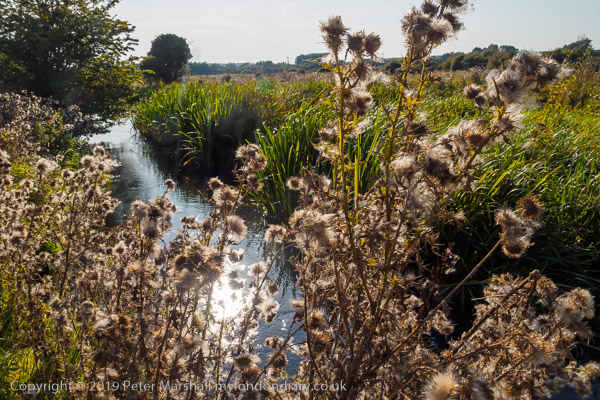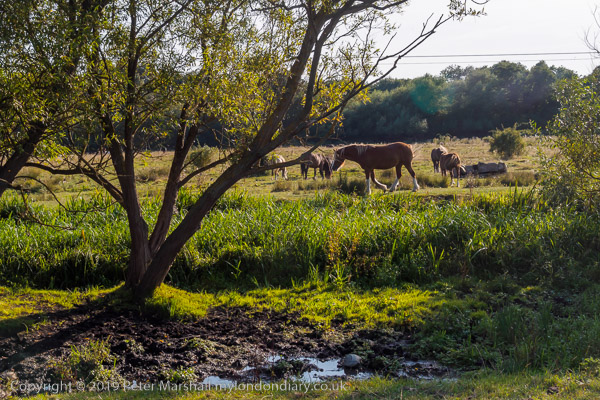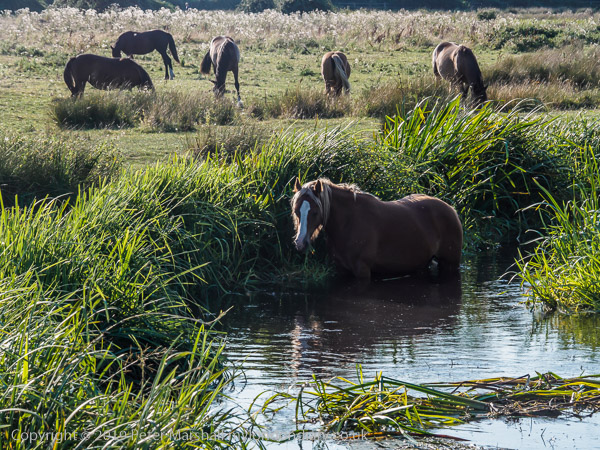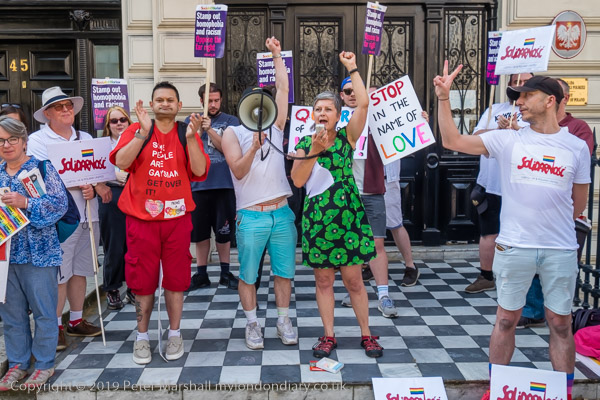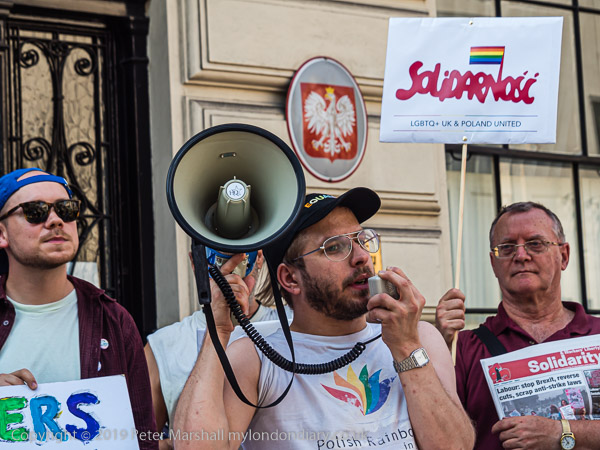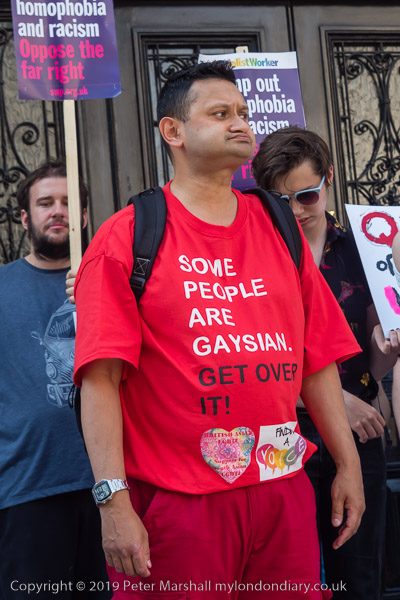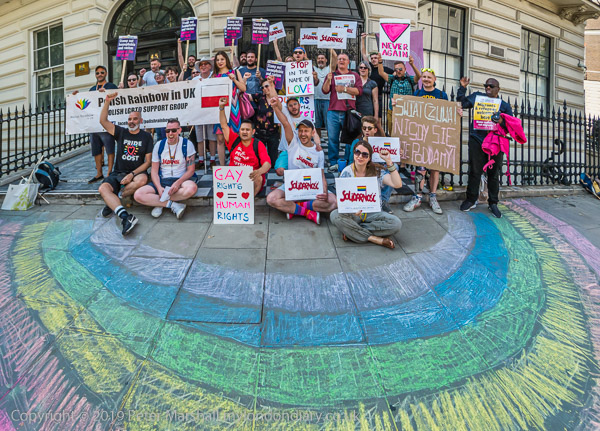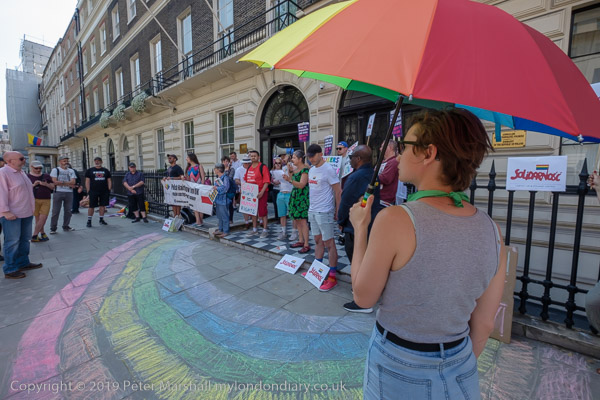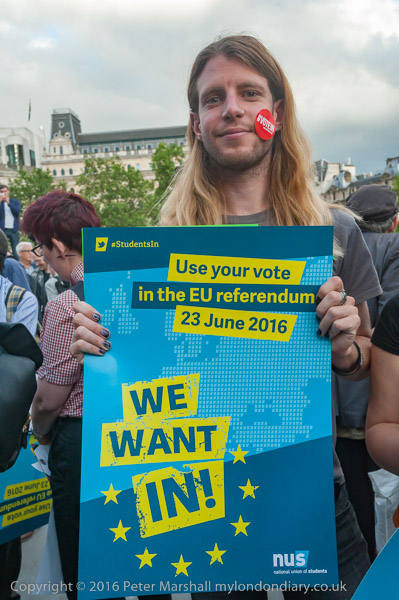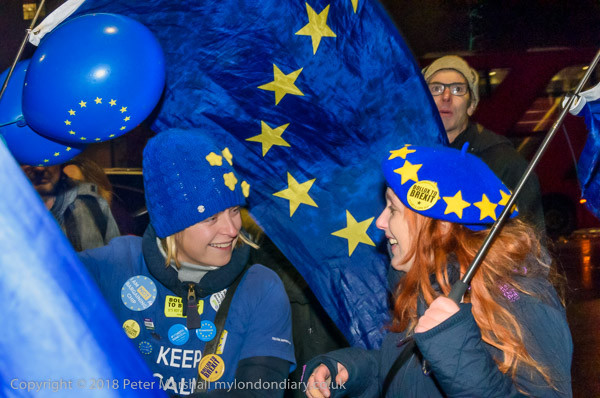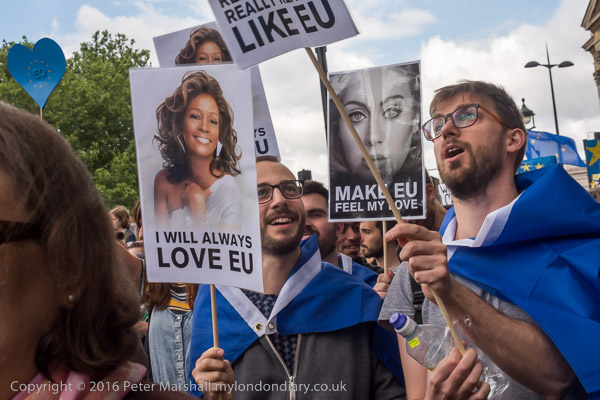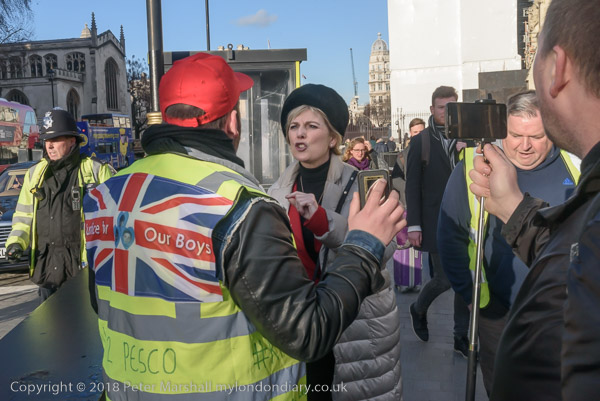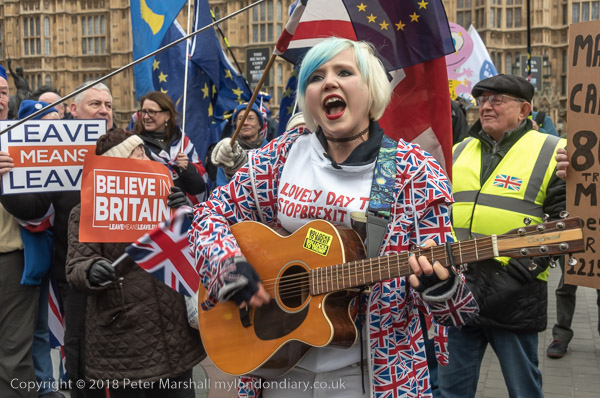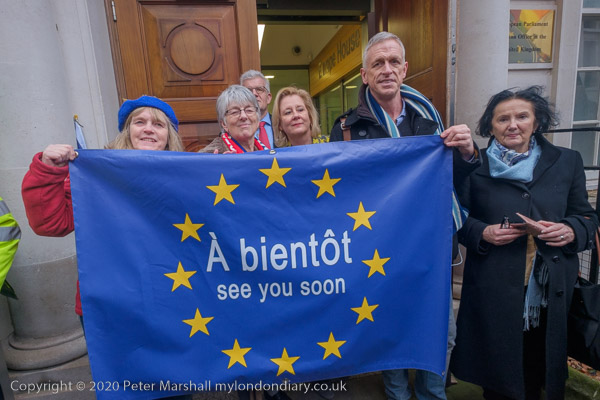
My London Diary for January 2020 is now complete. The month ended on a sad note as we left the European Union, something we just have to try and make the best of, at least for the moment. Rather than the fight over whether or not to leave we will now be fighting against some of its more dangerous and oppressive consequences, and perhaps we will see greater national unity in some of those struggles as Brexiteers too find out what Brexit really means.
I’m still trying to cut down on the new work that I do, and to cope with my huge archive of images on film. On Facebook I’m currently uploading a picture a day from those black and white images I took in 1984, while on Flickr I’ve posted albums of pictures from 1977 to 1982. Since I last used film around 2005 there is quite a long way to go. I’m chosing a little more carefully which events to cover and realising I can’t do everything.
Jan 2020
À bientôt EU, see you soon
Extremist Brexiteers Behaving Badly
British National (Overseas) Passports
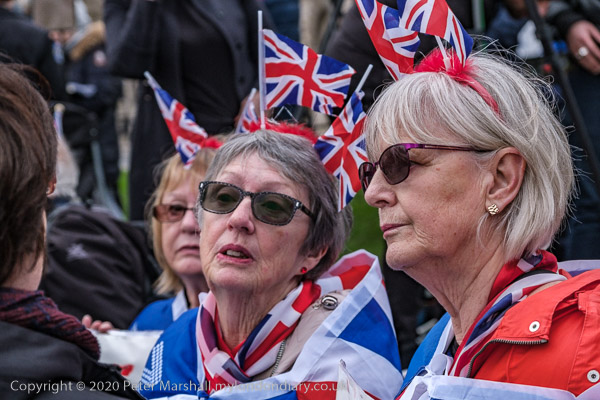
Brexiteers celebrate leaving the EU
Cargill, worst company in the World
Twickenham walk
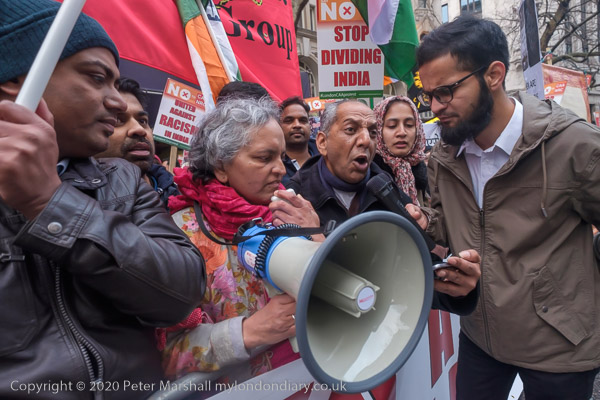
March against fascism in India
Zimbabwe Embassy weekly protest
Rally Against Fascism in India
Resisting State Violence – Brazil to India
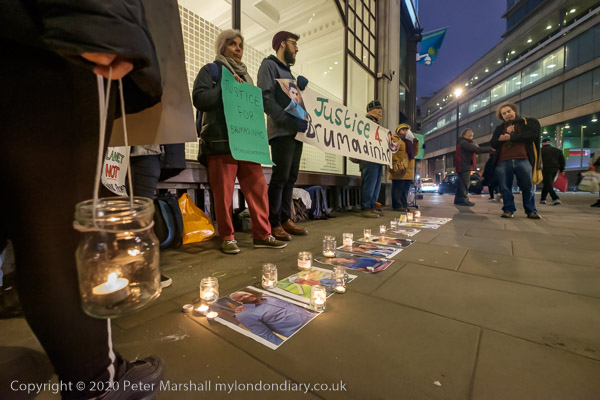
Brumadinho mine disaster vigil
Regent’s Canal panoramas
Ugandans at UK-Africa Investment Summit
Egyptians at UK-Africa Investment Summit
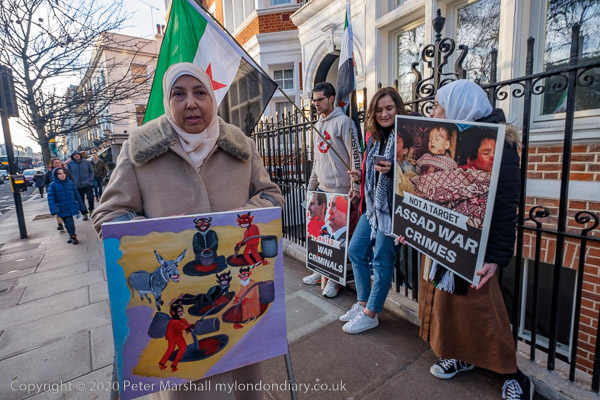
Against war crimes in Idlib
Earth Strike Oxford St rolling protest
‘Stay Put’ Sewol silent protest
Support for Anti-regime Protests in Iran
Release the Russia Report
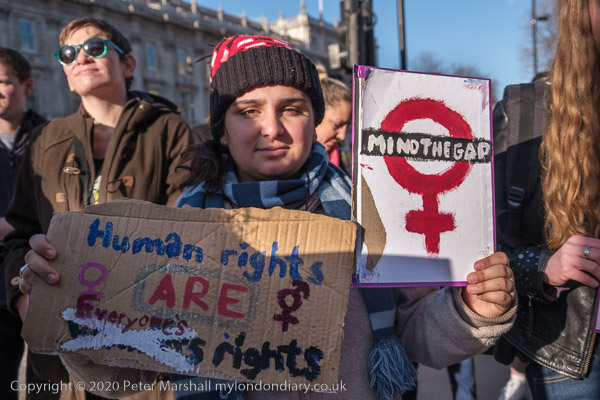
Fight Inequality Global Protest
No War on Iran rally
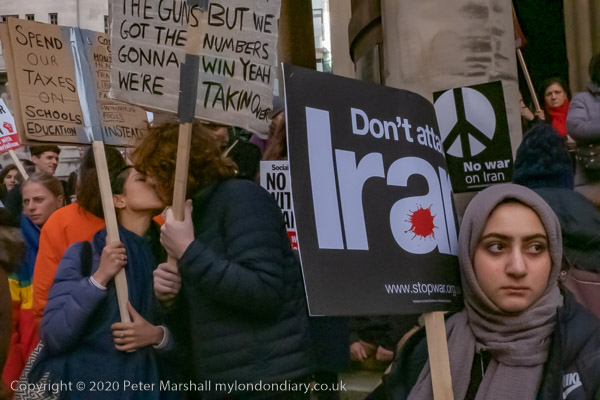
No War on Iran march
Act over Australian Bushfires
Justice for Cyprus Gang Rape Victim
No War With Iran

All photographs on this and my other sites, unless otherwise stated, are taken by and copyright of Peter Marshall, and are available for reproduction or can be bought as prints.
There are no adverts on this site and it receives no sponsorship, and I like to keep it that way. But it does take a considerable amount of my time and thought, and if you enjoy reading it, please share on social media.
And small donations via Paypal – perhaps the cost of a beer – would be appreciated.
